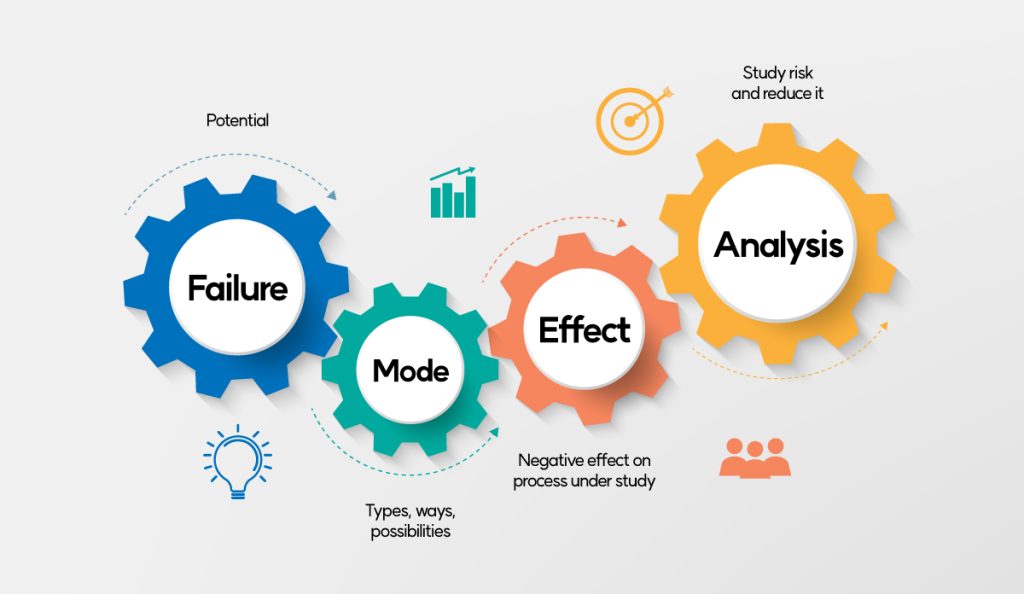Introduction
Failure Modes and Effects Analysis (FMEA) is a structured approach used to identify, assess, and mitigate potential failures in products and processes. This article highlights the significance of FMEA in risk management.
Steps in FMEA Process
- Identify Failure Modes – Determine potential defects in processes.
- Assess Severity & Impact – Analyze the consequences of each failure.
- Prioritize Risks – Assign Risk Priority Numbers (RPN) to failures.
- Implement Corrective Actions – Develop preventive measures.
- Monitor & Improve – Continuously update the FMEA process.
Applications of FMEA
- Manufacturing: Preventing defects in product assembly.
- Healthcare: Reducing medical errors and equipment failures.
- Automotive: Ensuring safety in vehicle components.
Conclusion
By implementing FMEA, organizations can proactively manage risks, reduce failures, and enhance overall quality standards.

